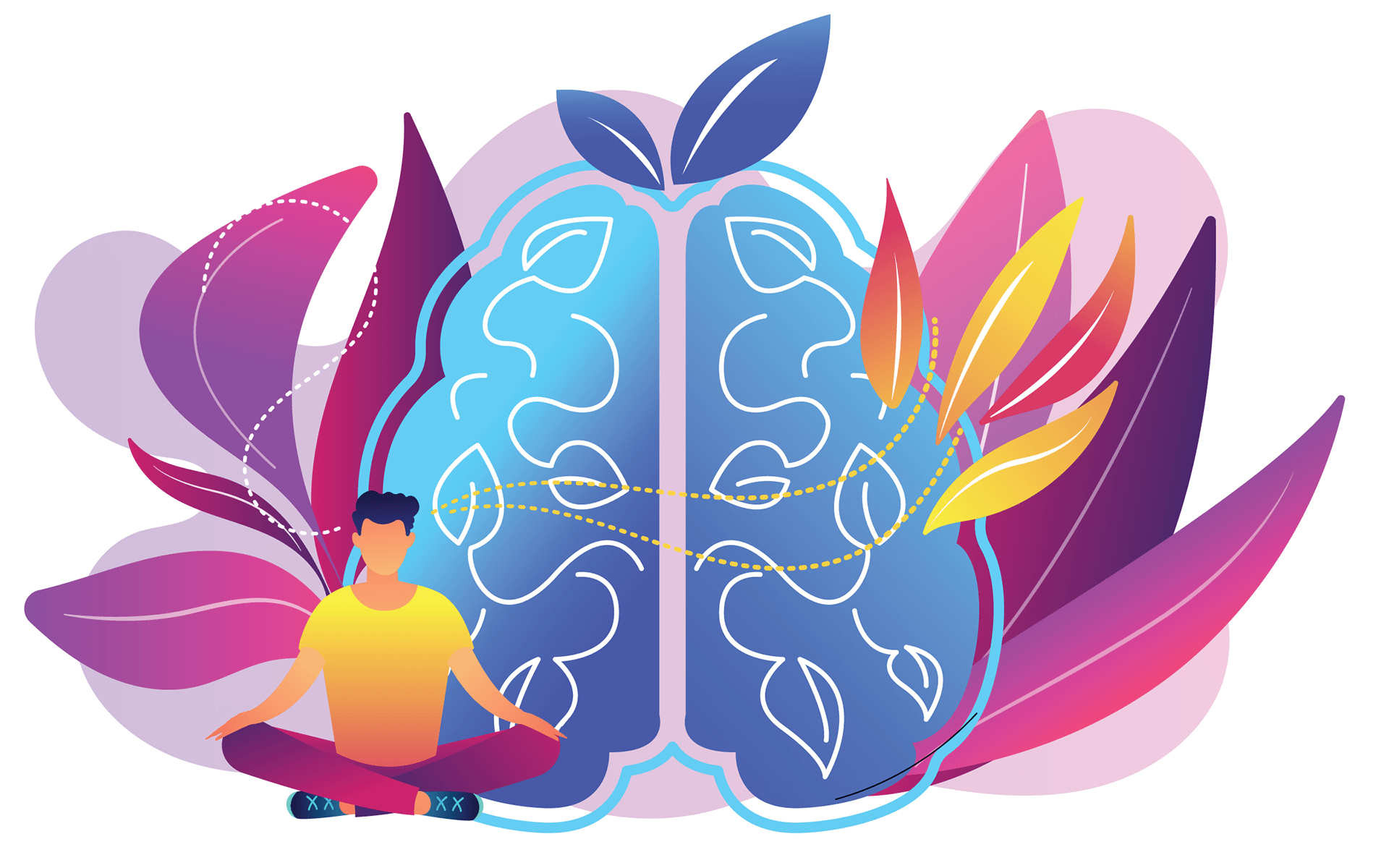A lot of us might think of trying meditation, but it can be difficult to know where to begin.
Mindfulness meditation consists of three simple steps:
- take a good seat
- pay attention to the breath
- and when your attention wanders, come back to your breath.
Below, Mindful’s Editor-in-Chief Barry Boyce takes us through the basics of meditation for beginners with a practice to re-establish ourselves when we feel off track.
When you’re just beginning your meditation practice, the key is to try to sit for meditation every day—even 5 minutes can make a real difference. In fact, a recent study of Mindfulness-Based Stress Reduction (MBSR) practitioners that was published in an American psychological journal suggests that increasing mindfulness on a daily basis, “can be a beneficial means to improve daily psychological well being.”
Regularity is key, too. It builds your mindfulness muscle—your memory that you can be aware of what’s up with you and your surroundings at any given moment.
Regularity is key, too. It builds your mindfulness muscle—your memory that you can be aware of what’s up with you and your surroundings at any given moment. The mindfulness you engage in every day can vary in terms of the type of things you do, the length you do it, and how you do it, but the key is to be doing something every day.
One thing I know is that we get off-kilter at various times throughout the day. Our emotions can take us off course, our circumstances can, too, and mindfulness practice can help us to re-establish ourselves. So, with that in mind, let’s start with a little practice that we call “Taking Your Seat.”
Meditation for Beginners: Taking Your Seat
- Start by just taking a seat—it can be on a chair or a bench, even a park bench. If you prefer the floor, you could sit on a cushion. The key thing is to make sure you have a stable, solid seat—a position that doesn’t leave you feeling as though you’re perched or as though you might rock back and forth.
- Now let’s pay attention to our lower half: our legs. feet, bottom. If you’re on a cushion you could simply cross your legs comfortably in front of you. Make sure your knees are at the same level or below your hips, otherwise, it’s going to be uncomfortable after awhile. If you’re seated on a chair, it’s a good idea to have your feet on the floor, fully touching the floor.
- Focus on the upper half of your body now: the torso. We want to straighten but not stiffen our spine. Try leaning over a bit first, letting yourself relax down, and then lift up. Allow your spine to have its natural curvature, which is the shape of a question mark. You should have a feeling of being upright. If you have some issues with your spine, just get yourself into whatever works for you as a comfortable, upright posture.
- Now for our arms and hands. The upper part of our arms should be parallel with our torso. And we let our hands drop and rest naturally from there. As long as your arms are parallel, that keeps you from hunching over or being too stiff.
- Let’s focus on our head and eyes now. The first thing we do is just drop our chin slightly and allow our gaze to lower. It’s kind of a humble position. At this point, you can let your eyes close. Just feel the relaxation of your eyes—they do so much work so much of the time. This is our opportunity to let them relax.
- The last part we pay attention to is our mind and body together. First, notice points of contact. Notice how it feels to have your feet touching the floor. Or if you’re seated cross-legged on a cushion, notice the contact that your legs have with that cushion; feel your bottom touching your chair or cushion. It’s very important where you have your points of contact. Consider yourself a dignified rider, riding a horse through life.
- For a little while now, simply pay attention to your breath: your breath going out, and coming in. You can notice here that you think all sorts of thoughts. Just let them flow and be there, and come back to being in your chair or on your cushion, or on your bench, wherever you are, settled, stable. If something upsets you, come back to that, just being settled.
- Now, let’s take one last deep breath in … and fully out. And open your eyes.
Maybe that provides a little bit of refreshment—you can take that little break and then launch back into your day.
how to meditate guide
A One-Minute Meditation to Focus Your Mind
This guided meditation is meant to be done in the middle of the day, wherever you may be.
Read More
A 10-Minute Meditation for Focusing the Mind
This simple guided meditation explores how we can gently guide the mind back to the breath when it wanders toward thoughts and sensations.
Read More







